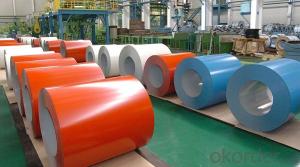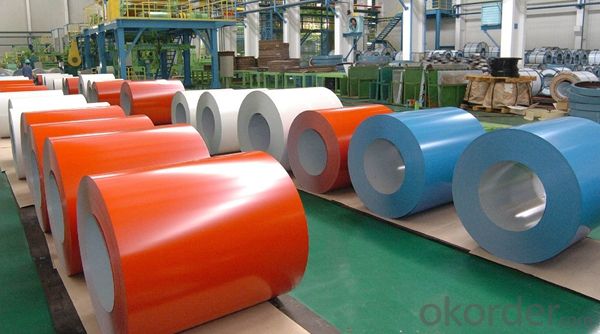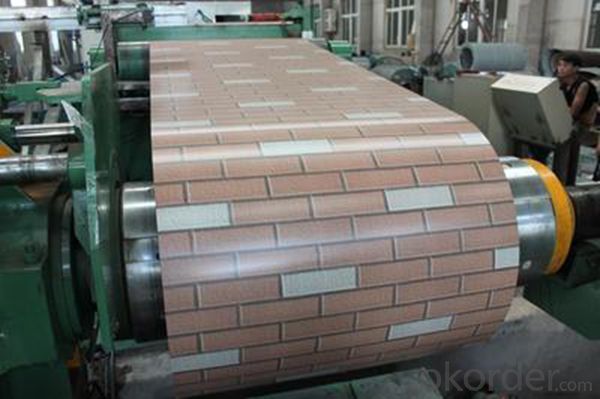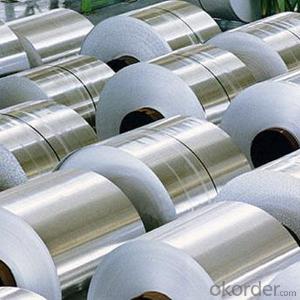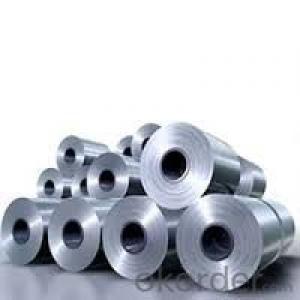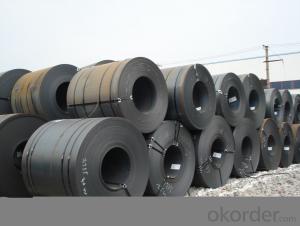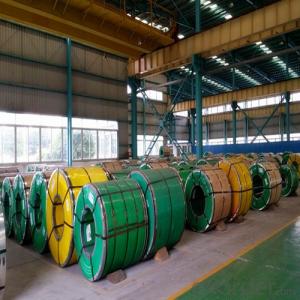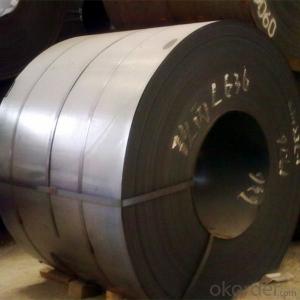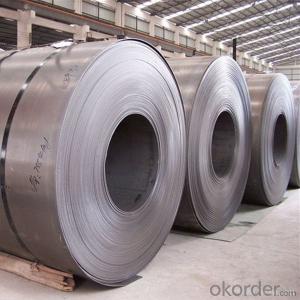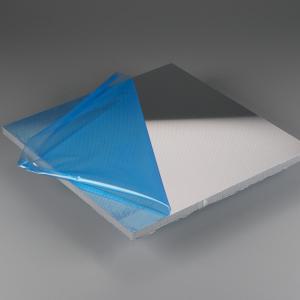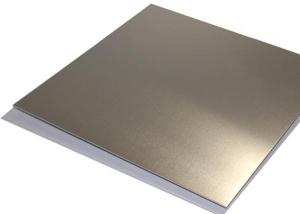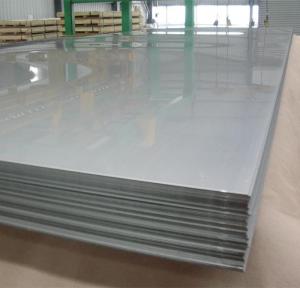Extruded Aluminum Sheets - Steel Rolled Coils Hot Rolled Steel Coil
- Loading Port:
- Shanghai
- Payment Terms:
- TT OR LC
- Min Order Qty:
- 20 m.t.
- Supply Capability:
- 1000 m.t./month
OKorder Service Pledge
OKorder Financial Service
You Might Also Like
Specification
1. Specification of Steel Rolled Coils Hot Rolled Steel Coil
Material | Alloy Aluminum 6063,6061,6005 or customer nominated |
Temper | T3, T4, T5, T6 |
Surface | Anodize, electrophoresis, powder coating, PVDF coating, wood grain painting, matted, etc. |
Colour | Any colour based on Standard Germany RAL Mark |
Length | Coating 6.5 meters, Anodizing 6.5 meters, Mill finish 5 meters |
Press Machine | 500-4000 tons all together 64 press lines. |
Fabrication | 1. Windows and doors; 2. Drilling; 3. Bending; 4. Cutting; 5. etc. |
Certificate | ISO 9001 |
Moulding | 1. Using our moulds, no fee; |
2. Using customer drawing, opening mould, usually about 10~50 tons then the moulding can be refunded. | |
3. Mould cost is negotiable base on the order quantity | |
Capability | Annual output 100,000 tons |
2. Application of Steel Rolled Coils Hot Rolled Steel Coil
(1).Interior: wall cladding, ceilings, bathrooms, kitchens and balconies, shutters, doors...
(2).Exterior: wall cladding, facades, roofing, canopies, tunnels,column covers , renovations...
(3).Advertisement: display platforms, signboards, fascia, shop fronts...
3. Feature of Steel Rolled Coils Hot Rolled Steel Coil
*Such coil is specially designed to replace aluminum ingot, due to the high export tax of aluminum ingot, the coil has better price than ingot.
*This type of coil can fit customer's remelting furnace just like ingot, no need to make any change to the production line that was previously used for ingot. The standard coil size and weight is very suitable for the feed gate of furnace.
*This type of coil causes less material wastage than ingot when remelted.
*Our coil is made directly from ore, no need to go though the ingot making process, quality is much better than other suppliers who use ingot scrap to make coil.
Be free from Oil Stain, Dent, Inclusion, Scratches, Stain, Oxide Dicoloration, Breaks, Corrosion, Roll Marks, Dirt Streaks and other defect which will interfere with use
4. Certificate:
SGS and ROHS(if client request, paid by client), MTC(plant provided), Certificate of Origin(FORM A, FORM E, CO), Bureau Veritas and SGS (if client request, paid by client), CIQS certificate
5. Image of Steel Rolled Coils Hot Rolled Steel Coil
6. Package and shipping of Steel Rolled Coils Hot Rolled Steel Coil
eye to wall
eye to the wall
with wood pallet (wooded case also available)
7. FAQ
1) What is the delivery time?
Dpends on actual order, around 20 to 35 days
2)What is the QC system:
We have QC staff of 20 persons and advanced equipment, each production is with MTC traced from Aluminum ingot lot.
3) What market do you mainly sell to?
Australia, America, Asia, Middle East, Western Europe, Africa etc
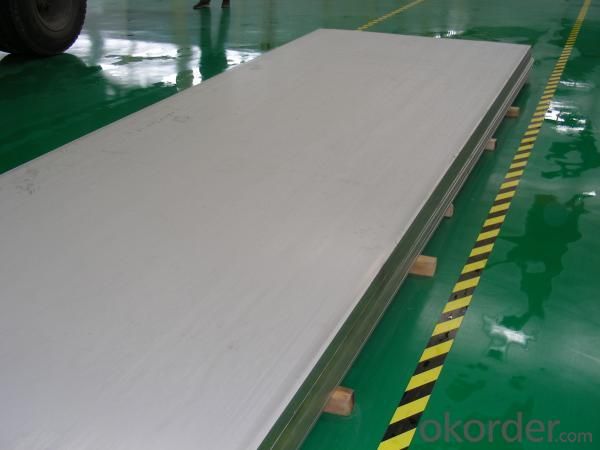
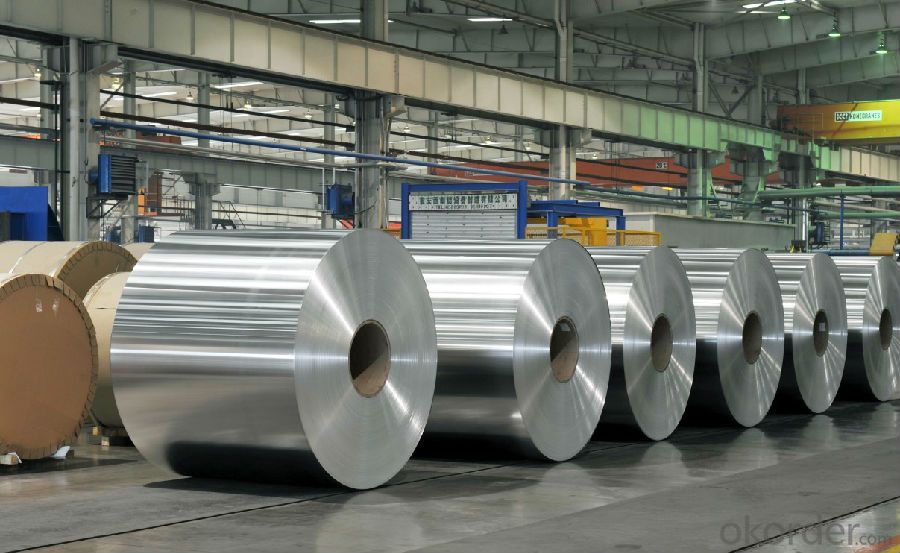
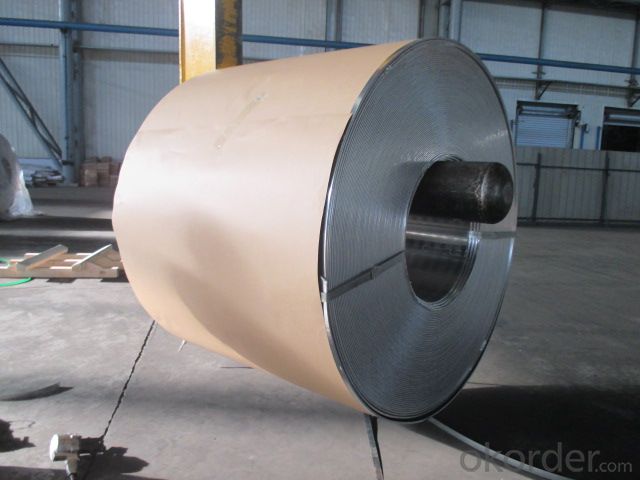
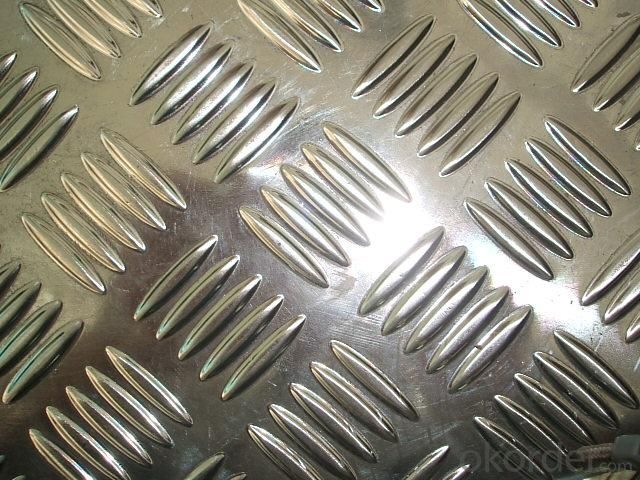
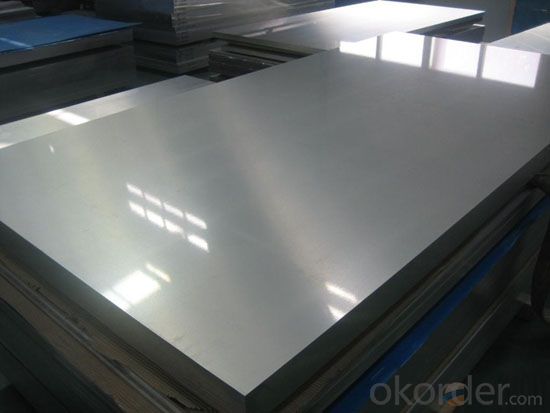
- Q: What is the typical modulus of elasticity of aluminum sheets?
- The typical modulus of elasticity of aluminum sheets is around 70 GPa (Gigapascals).
- Q: What is the cost of aluminum sheet compared to other metals?
- The cost of aluminum sheet compared to other metals can vary depending on various factors such as market conditions, availability, and specific metal grades. Generally, aluminum sheet is considered to be more affordable than many other metals such as stainless steel, copper, and brass. This is mainly due to the abundance of aluminum in the Earth's crust and the relatively low cost of extracting and refining it. Additionally, aluminum is often lighter in weight compared to other metals, making it a more cost-effective option for applications where weight is a concern, such as in the transportation industry. However, it is important to note that the cost of aluminum can fluctuate based on global supply and demand dynamics, tariffs, and other economic factors. Therefore, it is recommended to check current market prices and consult with suppliers or metal specialists for accurate and up-to-date pricing information.
- Q: This question asks for a list of various methods used to treat the surface of aluminum sheets to improve their properties or appearance.
- <p>There are several types of surface treatment for aluminum sheets, each serving different purposes. These include: Anodizing, which creates a protective oxide layer and enhances corrosion resistance; Chemical Conversion Coating, such as chromate conversion, to improve paint adhesion and corrosion resistance; Electrolytic Polishing, which provides a smooth, shiny surface; Powder Coating, an electrostatic process that applies a durable coating; Paint Coating, offering a wide range of colors and finishes; and Mechanical Polishing, which smooths the surface and improves reflectivity. Each treatment has its specific applications and benefits, depending on the desired outcome for the aluminum sheet.</p>
- Q: What paint is better to paint on the brushed aluminum sheet? Simple process and good adhesion!
- Car paint is better, you can go to the auto paint repair department to buy a little, but pay attention to two points: 1., the oil on the aluminum alloy solvent cleaning. 2. can not spray thick, otherwise it will rise.
- Q: This question asks whether it is possible to utilize stamped or embossed aluminum sheets for a specific project.
- <p>Yes, you can use stamped or embossed aluminum sheets in your project. These sheets are known for their strength, durability, and lightweight properties, making them ideal for various applications such as construction, automotive, and aerospace. Stamped aluminum sheets are formed by pressing the material into a specific shape, while embossed sheets have a raised pattern. Both types offer design flexibility and can be customized to meet specific project requirements. Ensure that the aluminum sheets you select meet the necessary specifications for your project, such as thickness, strength, and finish.</p>
- Q: Can aluminum sheets be anodized with custom designs?
- Indeed, custom designs can be incorporated into aluminum sheets through anodization. Anodization, an electrochemical procedure, fortifies the inherent oxide layer on aluminum surfaces, rendering them sturdier and more resistant to corrosion. Throughout this process, diverse patterns and designs can be introduced onto the aluminum sheet by masking specific areas and exposing others to the anodizing solution. This grants the opportunity for personalized designs to be etched or dyed onto the surface, resulting in distinctive and individualized finishes. Anodized aluminum sheets with custom designs find widespread application across various industries, including architecture, automotive, and electronics, in order to fulfill both aesthetic and functional prerequisites.
- Q: What is the density of aluminum sheets?
- The density of aluminum sheets is subject to variation based on the particular alloy and thickness of the sheet. On average, aluminum sheets have a density ranging from 2.6 to 2.8 grams per cubic centimeter (g/cm³). It is worth mentioning that this figure may undergo slight modifications as a result of the precise manufacturing process and any additional coatings or treatments administered to the sheets.
- Q: How many square meters does the aluminum plate engrave?
- The price of aluminum sheet is calculated according to the price of aluminum ingot + processing fee (aluminum plate state), and the specific price is also different according to the size and size of aluminum sheet. If you have any questions, please ask, thank you.
- Q: What's the difference between laser cutting aluminum plate and stainless steel plate?
- Aluminum plate reflectivity high, viscous strong, general 3mm above will hang slag, but very easy to peel off, stainless steel cutting ability and thickness and equipment power relationship more.Wire cutting: wire cutting refers to WEDM. It is developed on the basis of electric spark piercing and forming. In some ways, WEDM has been replaced by edm. Need to use the electric spark line cutting machine operation line cutting, the basic physical principle is free of positive ions and electrons in the presence of accumulation, a conductive channel ionized quickly formed, current formed between two plates, caused numerous collisions between particles, the formation of a plasma, and quickly rises to the high temperature of 8000 to 12000 the moment in the two conductor surface melting materials.
- Q: Can aluminum sheets be used for lithographic printing plates?
- Indeed, lithographic printing plates can make use of aluminum sheets. Lithographic printing, based on the principle that oil and water do not mix, involves the utilization of a metal base, typically aluminum, coated with a photosensitive layer. This layer is subsequently exposed to light, generating a pattern that serves the purpose of printing. Aluminum stands out as a favored material for lithographic printing plates owing to its exceptional characteristics. It possesses a remarkable combination of being lightweight, yet robust and long-lasting. Furthermore, its smooth surface plays a vital role in ensuring the achievement of high-quality prints. Additionally, aluminum's good thermal conductivity facilitates the rapid drying of ink during the printing process. Moreover, aluminum is highly amenable to processing and can undergo chemical treatment to enhance its surface properties, such as rendering it more hydrophilic or hydrophobic. This enables better control over the ink and water balance on the plate, resulting in prints that are sharper and more precise. In conclusion, the use of aluminum sheets for lithographic printing plates is widespread due to their desirable properties and suitability for the lithographic printing process.
Send your message to us
Extruded Aluminum Sheets - Steel Rolled Coils Hot Rolled Steel Coil
- Loading Port:
- Shanghai
- Payment Terms:
- TT OR LC
- Min Order Qty:
- 20 m.t.
- Supply Capability:
- 1000 m.t./month
OKorder Service Pledge
OKorder Financial Service
Similar products
Hot products
Hot Searches
Related keywords
